Why do people like backcountry skiing?
There is a lot to like about backcountry skiing. Many skiers love riding powder, and find excitement in natural features like chutes, cliff drops, and tree runs. Besides that, the backcountry offers a sense of adventure and quietness that can’t be found among the masses on the slopes.
Is backcountry skiing dangerous?
Backcountry skiing is more dangerous than regular skiing. Because the skiing areas aren’t prepared and signposted, there is a higher risk of avalanches. The lack of signs also means you get lost more easily. And when you get hurt, it might take a long time for emergency services to arrive. Having said that, it is certainly possible to minimise risks with the right gear, knowledge and preparation. Use your common sense and avoid risks. Educate yourself about avalanches, bring the right gear and know what to do in specific situations. Also, make sure your backcountry skiing buddies have the same sort of equipment and preparation as you do.
What equipment do you need for backcountry skiing?
If you go off-piste, you need to bring special equipment. We advise you to get a good backcountry skiing backpack to pack all your backcountry skiing gear. First off, you shouldn’t head into the backcountry without avalanche safety gear. Bring at least an avalanche beacon, probes and a shovel, and test your equipment beforehand. You can also choose a backpack with a built-in ABS airbag system that prevents you from getting buried under the snow. Other backcountry skiing essentials include:
1. A helmet
2. A first aid kit
3. Extra layers of clothing to adapt to changing weather conditions
4. Food and drinks, as there are no restaurants in the backcountry
5. Skins or other climbing gear for ascending
Can you use regular skis for off-piste skiing?
You don’t really need special skis for off-piste skiing. In most cases, you can use your regular skis. When you advance and want to focus on freeriding, you can choose specialised freeride skis. These freeride sticks are specially designed for backcountry performance and added float in powder.
Backcountry skiing tips
1. Use backcountry skiing techniques
Off the piste, there are some special skiing techniques that are very useful to know. These moves allow you to cross difficult terrain more easily and safely. A good example is the pole plant. This technique allows you to turn quicker and tighter by planting your pole on the side where you are turning. Another useful backcountry skiing technique is the kickturn. This move, where you simply lift up one ski and change direction, is great to escape tricky situations, as you don’t need speed and won’t lose elevation. A third technique that is good to know is the hop turn. As the name implies, you jump into the turn rather than gliding into it. This gives you added control on vertical descents and is great to use in tight spaces.
2. Know what to wear when backcountry skiing
Before your backcountry adventure starts, you should take a moment to decide what to wear. When you go skiing or snowboarding, it’s always a good idea to build your outfit with layers of clothing. Adding and removing layers gives you the flexibility to adapt to changing conditions. A basic layering system consists of a moist-wicking base layer, an insulating mid layer and a wind- and waterproof shell layer. Because backcountry skiing has a higher intensity than regular skiing, getting rid of moisture is extra important, while staying warm is less of an issue. Keep this in mind and bring along some extra layers to remain flexible.
Check out all of our:
Mid-fleece layers for Women
Mid-fleece layers for Men
Ski &- Snowboard jackets for women
Ski & Snowboard jackets for men
3.Learn about avalanche safety
As mentioned earlier, the risk of avalanches is much higher in the backcountry than on the prepared slopes. Therefore, knowing about avalanches is one the most essential skills you need for backcountry skiing. Take a course to learn more about the mountains and avalanches, and practise with your avalanche safety gear.
4.Join a backcountry skiing guide
If you just start backcountry skiing, it’s a good idea to join a guided group. Mountain guides know the backcountry like no other, and help you to explore it in a safe way. Another perk of guided tours is that they often provide all the necessary safety equipment, and give you a safety instruction before the tour.
5.Take it easy
Don’t immediately go on day-long backcountry adventures, but take your time. Try your backcountry techniques on the side of the slopes, build your stamina and practise with your avalanche safety equipment. This way, you will get to know the differences between on- and off-piste skiing and slowly get used to it.
Enjoy the backcountry
Backcountry skiing is really fun. Every skier should try it at some point. Just take enough time: prepare yourself, bring along the essentials, assemble a group of friends and have a wonderful time!
Do you want to have an impression of nice backcountry skiing? Check te video below!






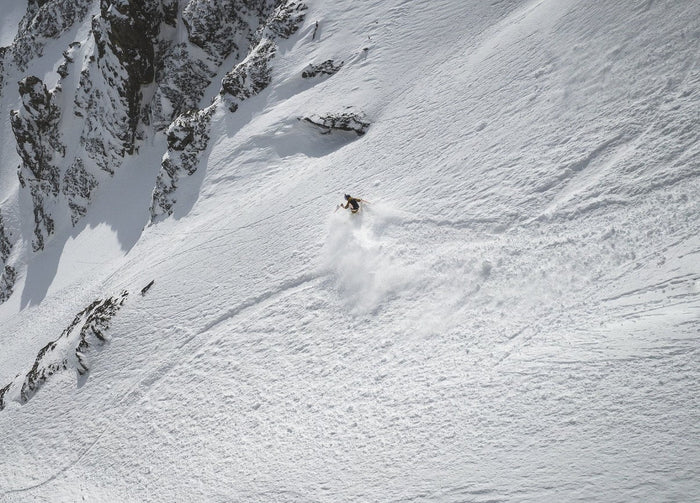
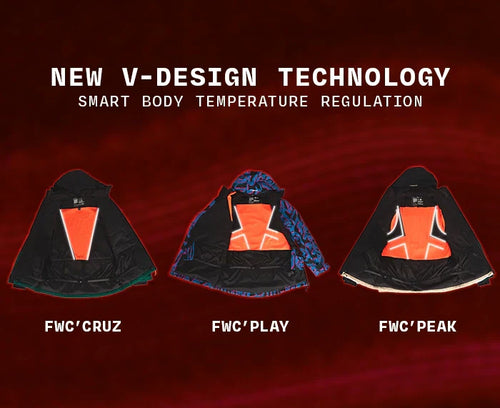
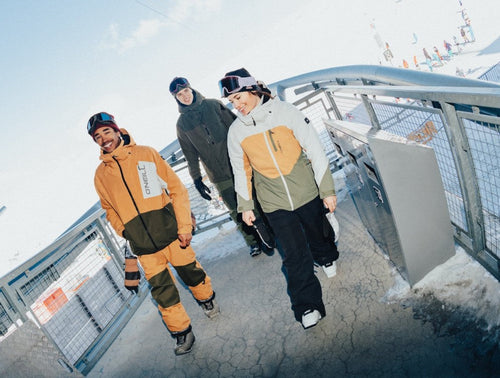
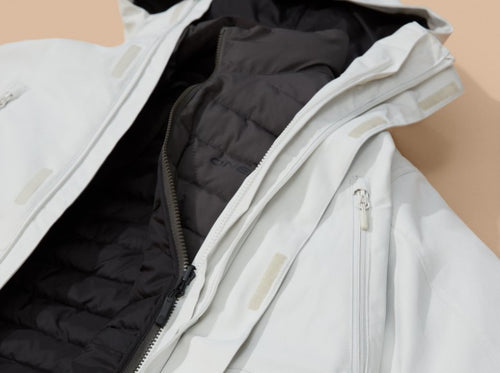
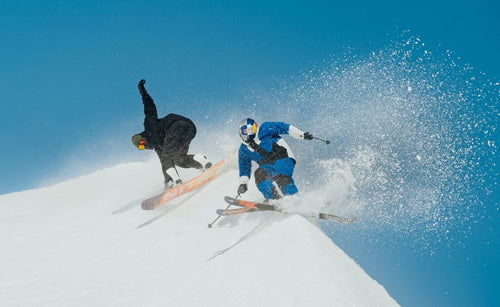
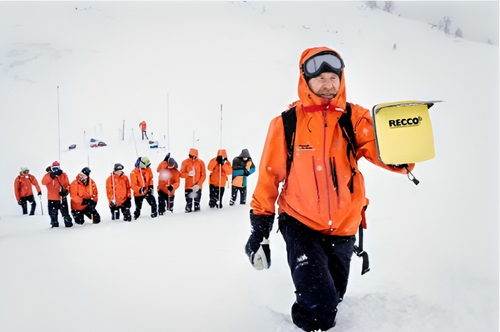

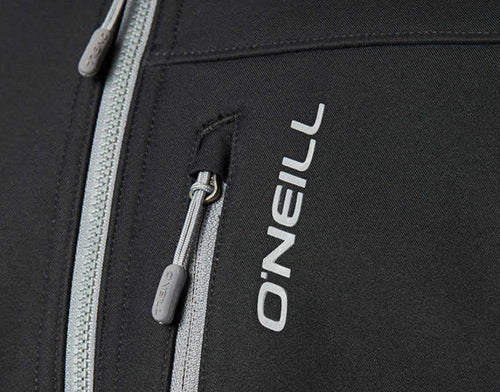
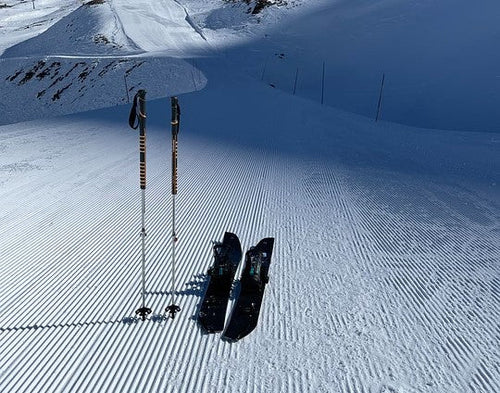
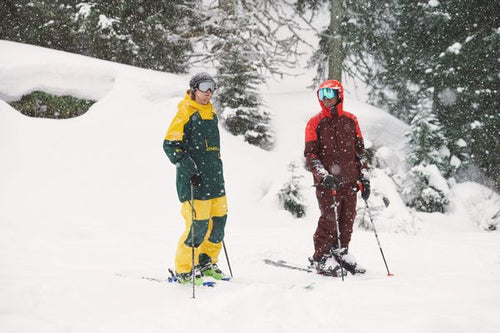
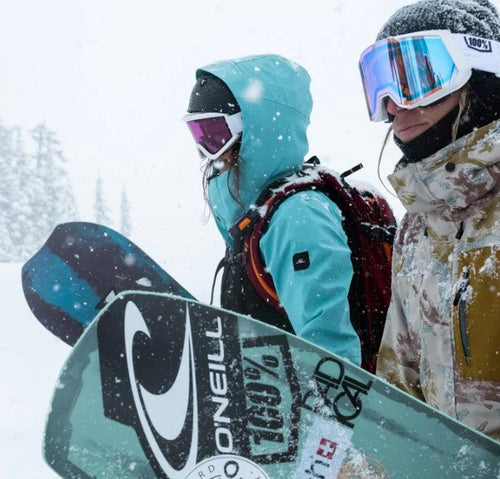
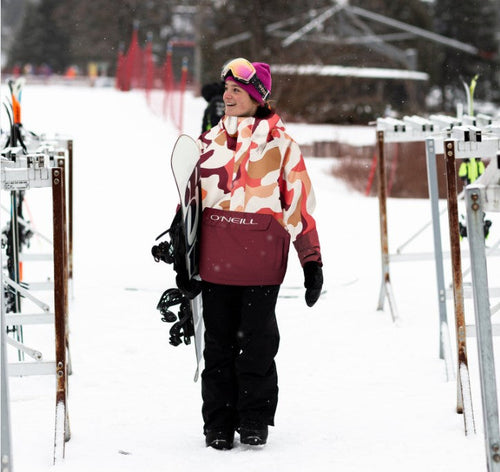
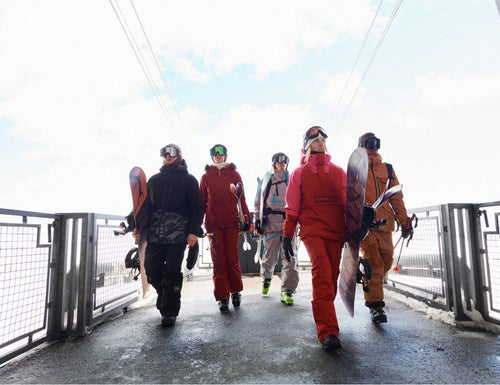
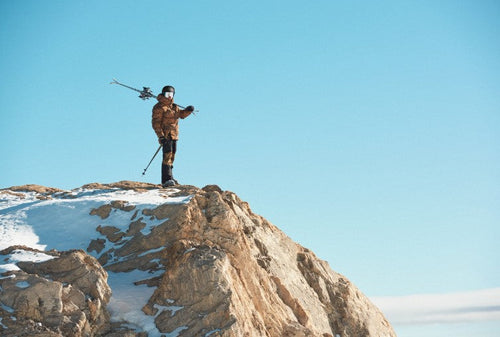
0 comments